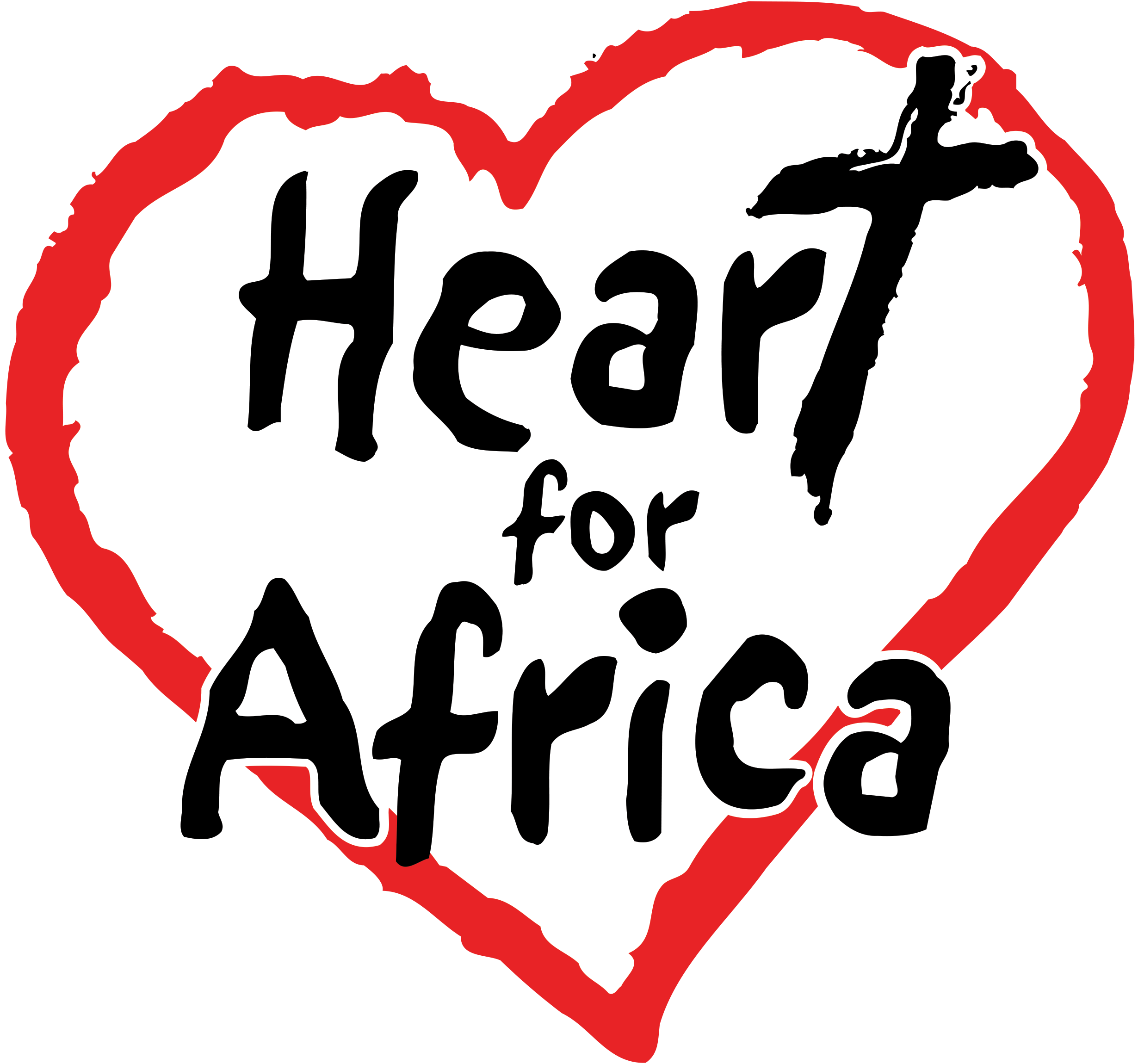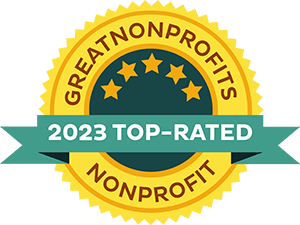How to help orphans in Africa

As you navigate life, parents can be your biggest safety nets. They can pull you up when you’re down and constantly encourage you to be your best. And when your parents are committed to your well-being, there are tangible benefits that you encounter. Research suggests that family intactness helps you experience greater community, academic achievement, professional success, and a healthier lifestyle. With loving parents at your side, you have a greater chance of accomplishing your dreams, but unfortunately, this reality is not true for most people.
Many orphans live in today’s world, and you can find them in every country on the planet. There isn’t one place that doesn’t have a significant number of children living without parents to love them. However, some countries do have higher numbers than others.
Africa is a continent that has a large population of orphans. As a result, many people wonder how they can help—no one wants to see so many children struggling to survive without their parents. But before anyone can provide aid, they have to fully understand the problem.
How many orphans are there in Africa?
When approaching any issue, it’s essential to start with the facts. Currently, 52 million orphans are living in Africa. This number includes three specific groups: those who have lost a mother, those who have lost a father, and those who have lost both parents.
Of these 52 million orphans, most of them live in Sub-Saharan Africa. In this region, about 20 percent of children under 18-years-old are considered orphans. However, it’s important to know that within this region, some countries have more orphans than others. For example, Eswatini (formerly Swaziland), a small kingdom in southern Africa, is home to more than 200,000 kids living without parents.
This crisis in Africa has become so prevalent that the continent now makes up 30 percent of the entire orphan population, which reportedly includes 140 million children. And until the primary factors contributing to this issue decline, the number of orphans in Africa will remain high.
Why are there so many orphans in Africa?
For every issue, there are several reasons that contribute to it, and this is undoubtedly the case for the orphan crisis in Africa. Three specific factors are leading to the significant number of orphans on this continent.
- Poverty
According to the World Data Lab, 42 African countries are experiencing poverty, and unfortunately, the poverty rate is increasing in 16 of those countries. Sub-Saharan Africa, in particular, is home to most of those who are living in poverty. The region boasts 27 out of the 28 poorest countries.
One of these impoverished countries is Eswatini, where 58.8 percent of the rural population lives below the national poverty line, meaning they survive on less than US$1.90 per day. Even worse, 20 percent of Swazis are considered extremely poor, and the country has the 10th highest income inequality in the world.
This level of poverty makes it incredibly difficult for parents to care for their children. More often than not, mothers and fathers abandon their kids because they don’t want to watch them suffer.
- HIV/AIDS
Unfortunately, HIV/AIDS is a very prevalent issue in Africa. Around 32 percent of orphans on this continent have lost either one or both parents to the virus.
This epidemic is so bad that Africa is now home to the country with the highest prevalence of HIV/AIDS. In Eswatini, there are over 200,000 people with the virus, even though only 1.1 million Swazis live in the kingdom.
Additionally, in 2018, there were 2,900 AIDS-related deaths in Eswatini. And as expected, this virus has had a significant impact on Swazi children. Research suggests that 45,000 kids—from newborns to 17-year-olds—are considered orphans because of AIDS-related illnesses.
- Hunger
According to research, hunger is growing at an alarming rate in Africa. Throughout the continent, 250 million people are experiencing hunger, which is around 20 percent of the population, but most of those who are suffering are in Sub-Saharan Africa.
As of 2019, 234 million people in this region were chronically malnourished. Countries like Eswatini have been hit the hardest, with 347,00 people—including 180,000 children—facing acute food shortages.
Conflict, economic hardships, drought, extreme weather, and the COVID-19 pandemic have all played a role in this issue. And with hunger ravaging the land, parents usually abandon their children because they don’t have the resources to feed another mouth.
What you can do to help
Helping orphans in Africa requires many people’s support. Decreasing the number of children living without parents isn’t something that one person or humanitarian organization can do alone. Pulling other people in for the mission is necessary.
If you’re moved to make a difference in this particular area and are wondering how to help orphans in Africa, there are three specific things that you can do.

- Shop at Khutsala Artisans
Khutsala Artisans, a Heart for Africa initiative, is dedicated to helping orphans in Africa, specifically those in Eswatini. Offering handmade jewelry and home decor, Khutsala Artisans helps orphans and vulnerable children in two ways.
First, by offering employment to Swazis, Khutsala Artisans is helping parents earn the financial resources they need to care for their children. Additionally, all of the profits from Khutsala Artisans go to Heart for Africa, a humanitarian organization that cares for many kids in its children’s homes.
If you’d like to support what Khutsala Artisans is doing, please don’t hesitate to buy beautiful, handmade jewelry and home decor from the talented artisans that are making them. Your purchase will allow Khutsala Artisans to continue to grow to employ more Swazis and support the children at Heart for Africa.

- Become an Ambassador for Khutsala Artisans
If you’d like to get involved with Khutsala Artisans in a different way, you may want to consider becoming an ambassador. Ambassadors help in the sales of Khutsala Artisans Christmas ornaments and jewelry during the holiday season. Their service really makes an impact for Heart for Africa. Many of our Ambassadors sell over $5,000 in product during this time by going to events, gatherings and sharing with their network of friends and family.
Becoming an ambassador is a great way to share Khutsala Artisans with other people and the mission of Heart for Africa. 100% of the profits from the sales of Khutsala Artisans goods goes directly back to support children who have lost their biological parents or have been abandoned. This strategy allows you and your connections to make a difference together.

- Sponsor a child at Heart for Africa
Maybe you prefer a more straightforward approach to helping orphans in Africa. If that’s the case, you may want to sponsor a child at Heart for Africa. With almost 300 children, Heart for Africa is building a family where children get love, attention, support, and the resources they need to succeed.
However, providing these resources is not cheap. The monthly cost of care for one child is $225—that amount includes formula, diapers, medical care, food, school supplies, toys, and day shift and night shift caregivers.
As the number of children continues to increase at Heart for Africa, more sponsors will be needed. If you want to become one, it’s not difficult. Just go HERE for more information on who to contact and decide which child you’d like to sponsor.
It’s a team effort
With more people paying attention to the orphans in Africa, the number of children living without their parents is sure to decrease. Every child deserves the opportunity to grow up in a home full of love, support, and the resources they need. And while this dream requires hard work, it’s possible to achieve when people come together and work as a team.


